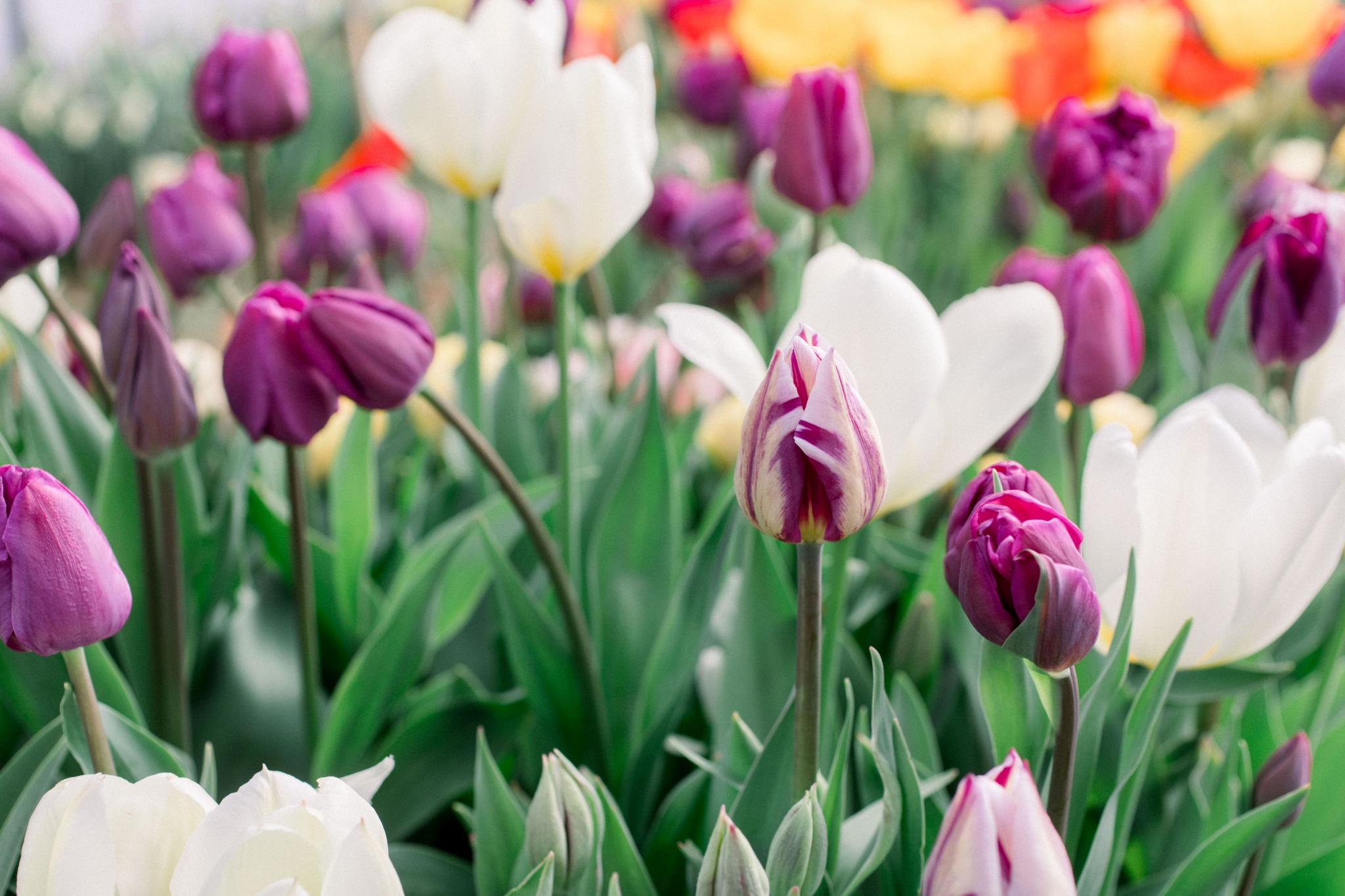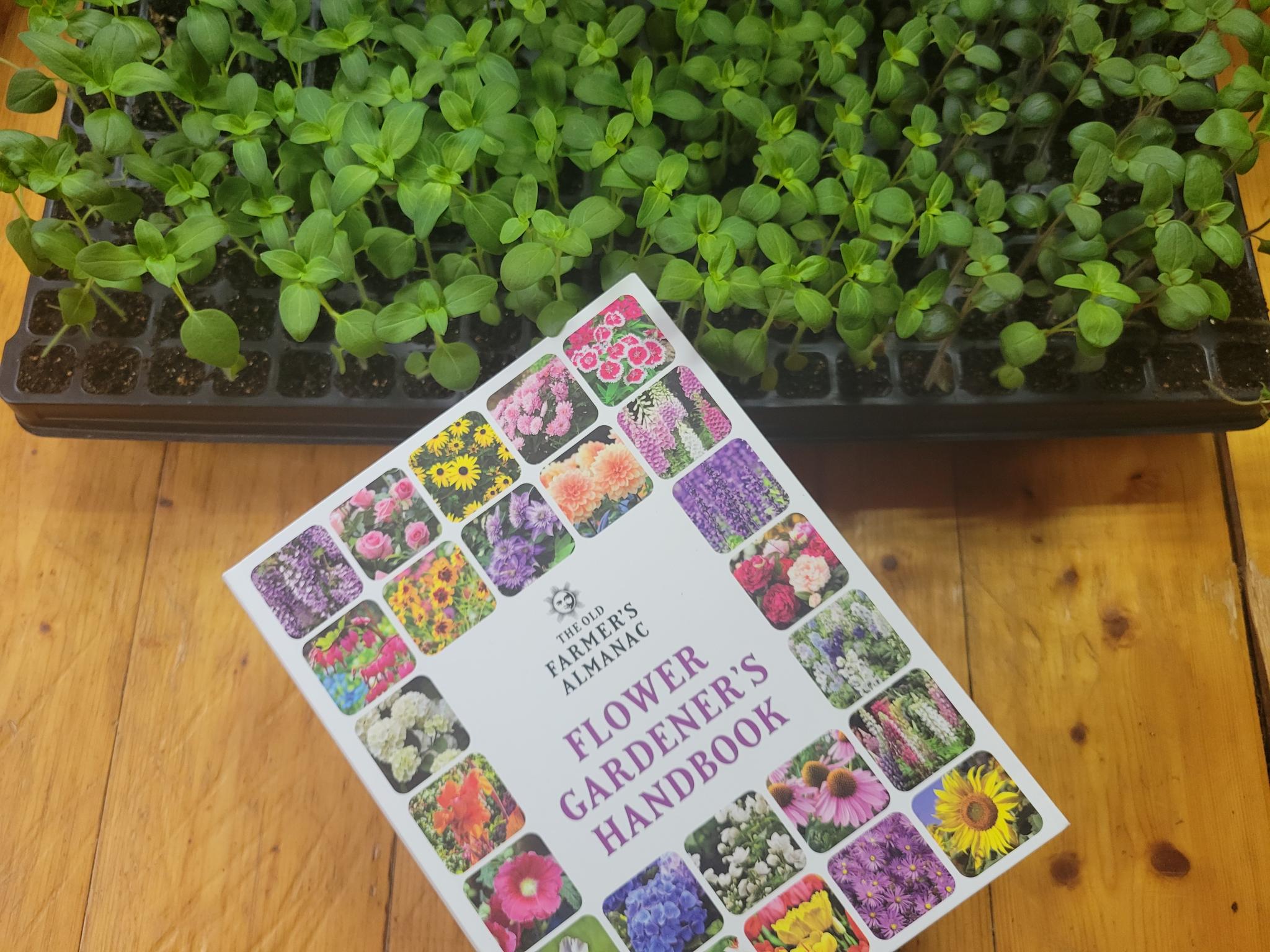Imagine a riotous revolt of colors, shapes, and scents of flowers filling every empty patio pot or barren piece of earth around this spring! What is it about growing flowers inspires such hope? They mark the milestones of our life; they stir our sense of beauty; their fragrance roots us in relaxation. If you’re a flower lover, learn more about how flowers are good for our health and happiness.
Flowers Mark the Milestones of Our Lives
Special birthdays, anniversaries, births and deaths or transitions into parenthood and marriage are all occasions marked with special flowers. A walk down the aisle is incomplete without a beautiful bouquet of flowers in hand. They become a fragrant talisman held close to bring good luck as we traverse over the thresholds in our lives. It doesn’t always require a major life transition either to experience or appreciate the value that a posy of fragrant flowers can provide. They can simply just make any moment that much brighter and memorable. Flowers are infused with such power that we keep them close during the vulnerable moments in our live.

Image: Author Melissa Spencer of Ripple Cut Flower Farm gathering spring flowers.
Flowers As A Symbol of Unity
The “Power of Flowers” isn’t just a throwback to the tie-dye era of peace and love and nonviolence. Though I won’t discount the relevance that those values hold today and the need for them in our lives. What it reflects is that flowers can provide an important symbol of unity that helps gather a group of people and weave them together around a shared sense of purpose.
Each state, for example, has its own state flower and a sense of pride is often associated with that flower. Often the flower is chosen to represent the people or a meaningful value that relates to their combined history such as resilience or longevity. A flower that has evolved to thrive within a particular landscape and weather pattern is a good symbol to claim as representation. New Hampshire’s state flower is Syringa vulgaris, Purple Lilac. After much debate, it was chosen for its beauty and its hardiness, and served as an appropriate reflection of a people who endure the harsh winters of the Northeast.
Flowers as symbols can convey a language all their own and sometimes it’s quite valuable. In fact, it was the humble Tulip, in the early 17th century, that stirred passions and created a buzz of buying and selling the heavily sought-after bulbs that eventually became known as “Tulipomania.” According to Mike Dash in his book by that same name, the height of the mania united various Turkish, Dutch, French, and others vying for relevance in the exotic flower frenzy around what would later become the first futures market in history.

Planting Flower Seeds Grows Hope
Winters can be very long, especially in northern climates. For months, the white and gray-covered landscape offers a beauty all its own, and colorful it is not. Green growth is at a standstill while mother nature takes a much needed rest. The first flowering signs of spring to show in the landscape here can include yellow Forsythia, fragrant Daffodils, and tri-petaled Trillium. After almost six months of whiteness, anything yellow, pink, purple, peach, or green is a very welcomed sight. To watch a Daffodil bud crack through the thawing earth and make daily progress towards blossoming into a fragrant bloom can be thrilling. Planting a small handful of seeds into the soil and awaiting their emergence and growth fills us with anticipation and a sense of hope.
“Though I do not believe that a plant will spring up where no seed has been, I have great faith in a seed. Convince me that you have a seed there, and I am prepared to expect wonders.” –Henry David Thoreau

Image: The beautiful Flower Gardener’s Handbook will guide you on your way to growing a flower garden!
Flower Fragrance Roots Us in Relaxation
Scent is the most direct of all of our senses. When we pick up a Daffodil, Violet, or a sprig of Lavender and take a whiff, the fragrance molecules enter our nasal cavity, and are carried from the olfactory bulb directly to the limbic system, that mysterious and primal section of our brain where memory, emotion and feelings live. It completely skips the chatty part of our minds.
In this way, the fragrance of a flower can immediately transport us back to childhood memories of being in the garden with grandma or walking along a border of lilac bushes. With each breath we take, we inhale and each inhalation becomes a scent carrier. Working outdoors amongst fragrant flowers or simply strolling past flowers set upon the kitchen table can provide an opportunity to use the carrying power of scent to root feelings of calm, relaxation, joy and peace deep within. In her book, A Natural History of the Senses, Diane Ackerman describes this,
”Unlike other senses, smell needs no interpreter. The effect is immediate and undiluted by language, thought, or translation. A smell can be overwhelmingly nostalgic because it triggers powerful images and emotions before we have time to edit them. What you see and hear may quickly fade into the compost heap of short-term memory, but, as Edwin T. Morris points out in Fragrance, “there is almost no short-term memory with odors. It’s all long term.”
Each spring, I look forward to sitting next to the patch of Daffodils, the flower of renewal and new beginnings, just to take in their airy, jasmine- and vanilla-tinged, sweet scent. I encourage you to try this and, as you breathe them in, give yourself a few quiet moments to breathe deeply and calmly, trusting that as you do, you are making future memories via scent that will root future you in relaxation.

Flower Beauty is a Revolution
Flowers stir our sense of beauty and oh how we desperately need more beauty in our lives. It doesn’t take a scientific study to show that fresh flowers around the home and work place greatly improve our moods and soothe our anxiety and stress.
Flowers can increase levels of positive feelings with the same visual features that attract a bee to the healthiest bloom for its nectar or pollen. Seeking out beauty is an act of evolution and based in survival. According to Michael Pollan in his book, The Botany of Desire, “Through their colors and symmetries, through their most elemental principles of beauty (that is, contrast and pattern), flowers alert other species to their presence and significance. Walk among them, and you see faces turned toward you (though not only you), beckoning, greeting, informing, promising–-meaning.” To spend even the briefest moments appreciating the colors, shapes, fragrance and oft imperfect beauty of a bloom is to see for a moment a reflection of the beauty of life.
“Everything that slows us down and forces patience, everything that sets us back into the slow circles of nature, is a help. Gardening is an instrument of grace. ” –May Sarton

More Flowers, More Food
A flower power garden that helps out the butterflies, birds, and bees whenever possible is being a good steward of nature. Different pollinators prefer different plants and having a variety that bloom throughout the length of the season can offer them the variation they need to thrive. These little buzzing dynamos become the carriers of pollen from one plant to the next and this work of diligence is what helps our fruit and nut trees, flowers and vegetables to reproduce and produce. According to the Pollinator Partnership, one out of every three bites of food we take are thanks to the industriousness of these small yet mighty flower lovers.
And, adding flowers in amongst your vegetables has the added benefit of attracting the predators that will feed off the pests attacking your garden. It is a more-is-less type of situation. More of the good guys and less of the pests. Providing flowers ultimately helps the pollinators, which in turn helps to insure that we have food to eat.
So what are you waiting for? Grab a packet of seeds and sow a flower-power garden full of fragrant peace, colorful beauty and inspiring hope!
If you’re ready to grow a flower garden, pick up a copy of the Flower Gardener’s Handbook. Learn more and look inside!















